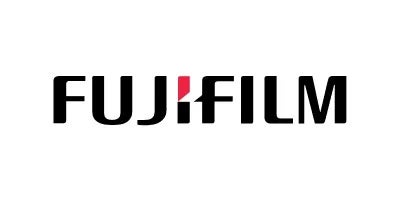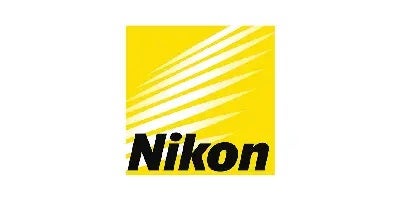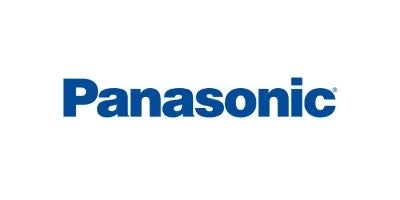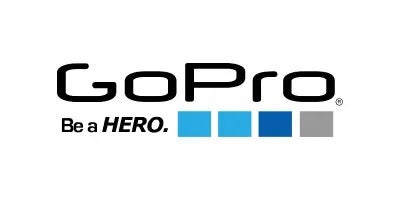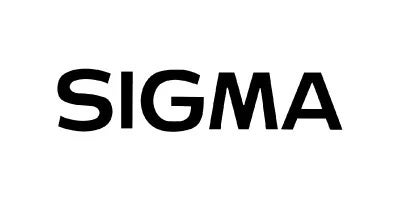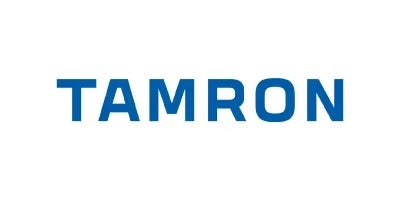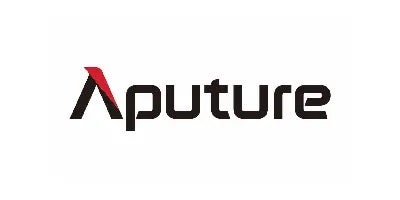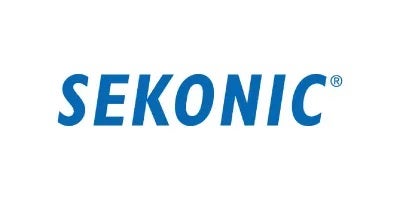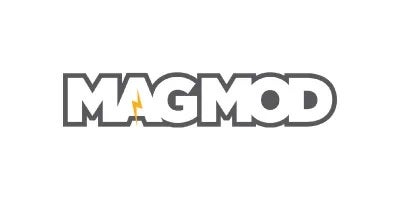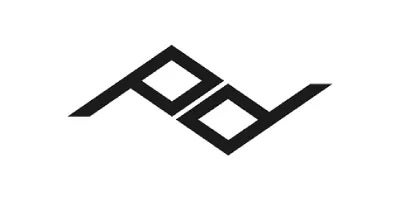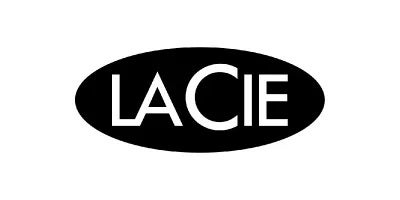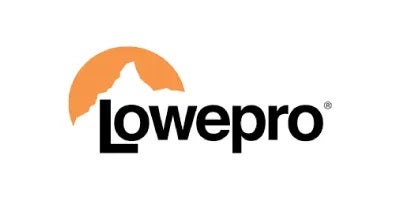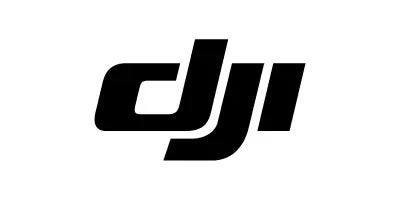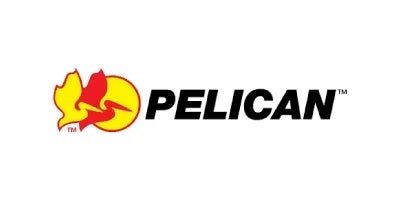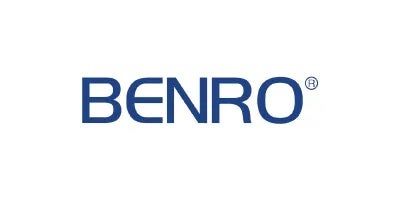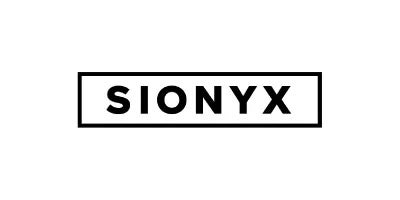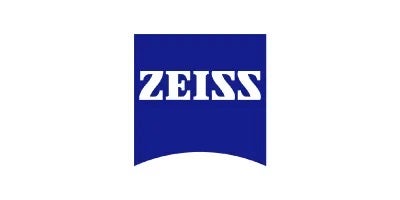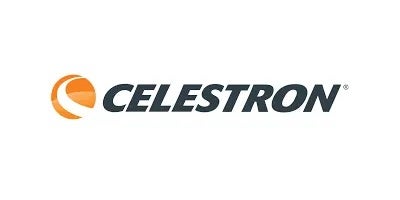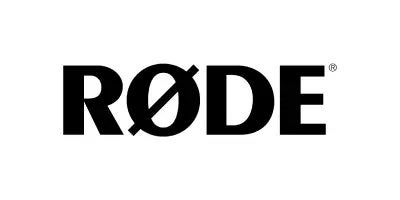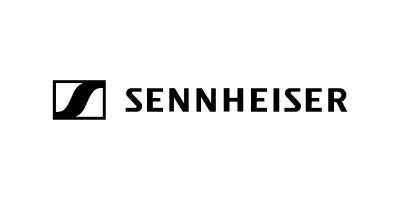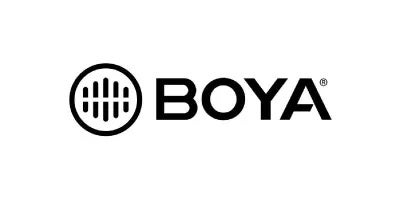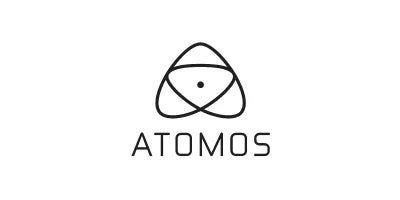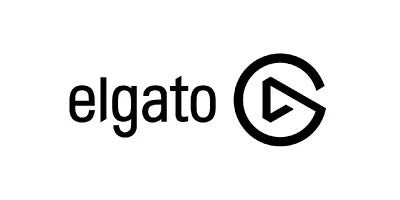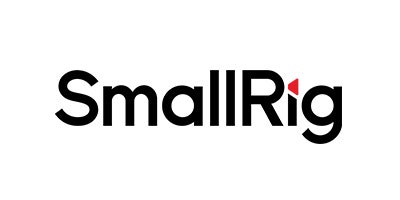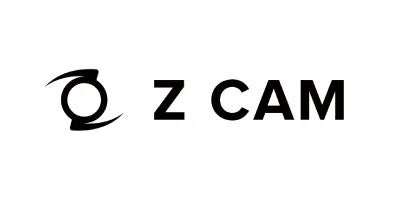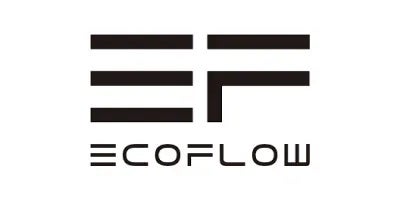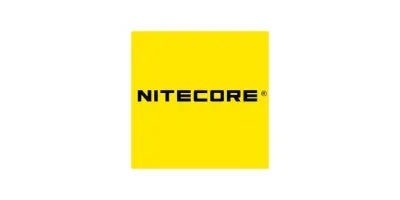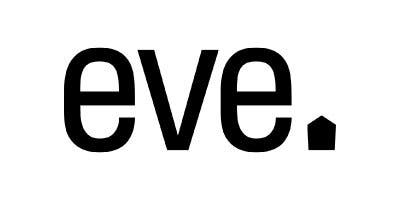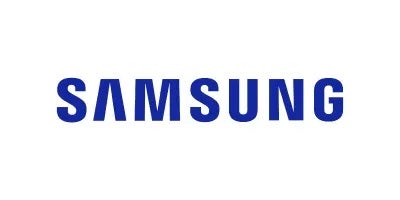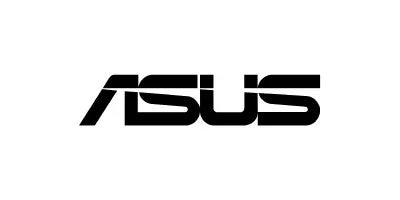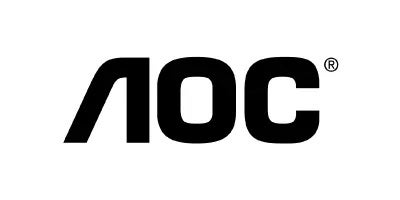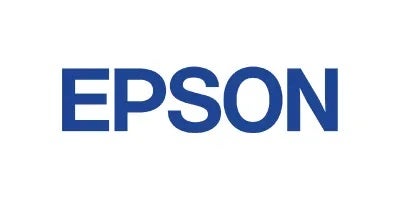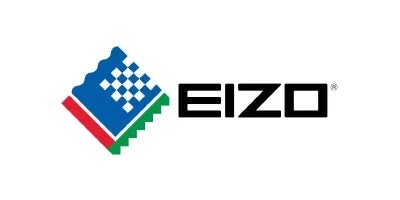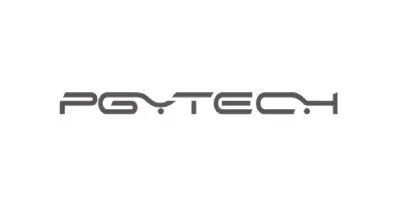| Type of camera |
Digital camera with support for interchangeable lenses |
| Lens mount |
Nikon Z mount |
| Compatible lenses |
• Z mount NIKKOR lenses
• F mount NIKKOR lenses (mount adapter required; restrictions may apply) |
| Effective pixels |
24.5 million |
| Image sensor |
35.9 × 23.9 mm CMOS sensor (Nikon FX format) |
| Total pixels |
25.28 million |
| File format |
• NEF (RAW): 12 or 14 bit (lossless compressed, compressed, or uncompressed)
• JPEG: JPEG-Baseline compliant with fine (approx. 1:4), normal (approx. 1:8), or basic (approx. 1:16) compression; size-priority and optimal-quality compression available
• NEF (RAW)+JPEG: Single photograph recorded in both NEF (RAW) and JPEG formats |
| Picture Control System |
• Auto, Standard, Neutral, Vivid, Monochrome, Portrait, Landscape, Flat, 20 Creative Picture Controls
• Selected Picture Control can be modified
• Storage for custom Picture Controls |
| Storage media |
CFexpress (Type B), XQD, SD (Secure Digital), and UHS-II compliant SDHC and SDXC memory cards |
| Dual card slots |
Either card can be used for primary or backup storage or for separate storage of NEF (RAW) and JPEG images; pictures can be copied between cards. |
| Viewfinder |
1.27-cm/0.5-in. approx. 3690k-dot (Quad VGA) OLED electronic viewfinder with color balance and auto and 11-level manual brightness controls |
| Viewfinder frame coverage |
Approx. 100% horizontal and 100% vertical |
| Viewfinder magnification |
Approx. 0.8× (50 mm lens at infinity, −1.0 m−1) |
| Monitor |
8-cm/3.2-in., approx. 2100k-dot tilting TFT touch-sensitive LCD with 170° viewing angle, approx. 100% frame coverage, and color balance and 11-level manual brightness controls |
| Shutter type |
Electronically-controlled vertical-travel focal-plane mechanical shutter; electronic front-curtain shutter; electronic shutter |
| Shutter speed |
1/8000 to 30 s in steps of 1/3 and 1/2 EV, extendable to 900 s in mode M, bulb, time, X200 |
| Release modes |
Single frame, continuous L, continuous H, continuous H (extended), self-timer |
| Approximate frame advance (measured by in-house tests) |
• Continuous L: Approx. 1 to 5 fps
• Continuous H: Approx. 5.5 fps rate
• Continuous H (extended): Approx. 14 fps (14-bit NEF/RAW: Approx. 10 fps) |
| Exposure metering system |
TTL metering using camera image sensor |
| Exposure metering modes |
• Matrix metering
• Center-weighted metering: Weight of 75% given to 12 mm circle in center of frame; weighting can instead be based on average of entire frame
• Spot metering: Meters 4 mm circle (about 1.5% of frame) centered on selected focus point
• Highlight-weighted metering |
| Metering range (ISO 100, f/2.0, 20°C/68°F) |
-4 to +17 EV |
| ISO sensitivity (Recommended Exposure Index) |
ISO 100 to 51200 in steps of 1/3 or 1/2 EV; can also be set to approx. 0.3, 0.5, 0.7 or 1 EV (ISO 50 equivalent) below ISO 100 or to approx. 0.3, 0.5, 0.7, 1 or 2 EV (ISO 204800 equivalent) above ISO 51200; auto ISO sensitivity control available |
| Active D-Lighting |
Can be selected from auto, extra high, high, normal, low or off (available in both photo and movie modes) |
| Autofocus |
Hybrid phase-detection/contrast AF with AF assist |
| AF detection range (in photo mode, AF-S, ISO 100, f/2.0, 20°C/68°F) |
-4.5 to +19 EV (-6 to +19 EV with low-light AF) |
| Focus points (in photo mode, FX format, single-point AF) |
273 points |
| AF-area modes |
Pinpoint AF, single-point and dynamic-area AF (pinpoint and dynamic-area AF available in photo mode only); wide-area AF (S); wide-area AF (L); wide-area AF (L-people); wide-area AF (L-animals); auto-area AF; auto-area AF (people); auto-area AF (animals) |
| Camera on-board VR |
5-axis image sensor shift |
| Lens on-board |
VR Lens shift (available with VR lenses) |
| Flash control |
TTL: i-TTL flash control; i-TTL balanced fill-flash is used with matrix, center-weighted, and highlight-weighted metering, standard i-TTL fill-flash with spot metering |
| Flash modes |
Front-curtain sync, slow sync, rear-curtain sync, red-eye reduction, red-eye reduction with slow sync, off |
| Nikon Creative Lighting System (CLS) |
i-TTL flash control, radio-controlled Advanced Wireless Lighting, optical Advanced Wireless Lighting, modeling illumination, FV lock, color information communication, auto FP high-speed sync, unified flash control |
| White balance |
Auto (3 types), natural light auto, direct sunlight, cloudy, shade, incandescent, fluorescent (7 types), flash, choose color temperature (2500 K to 10000 K), preset manual (up to 6 values can be stored), all with fine-tuning except choose color temperature |
| Bracketing types |
Exposure, flash, white balance and ADL |
| Movie metering modes |
Matrix, center-weighted or highlight-weighted |
| Frame size (pixels) and frame rate |
• 3840 × 2160 (4K UHD); 30p (progressive), 25p, 24p
• 1920 × 1080; 120p, 100p, 60p, 50p, 30p, 25p, 24p
• 1920 × 1080 (slow-mo); 30p ×4, 25p ×4, 24p ×5 Actual frame rates for 120p, 100p, 60p, 50p, 30p, 25p, and 24p are 119.88, 100, 59.94, 50, 29.97, 25, and 23.976 fps respectively |
| File format |
MOV, MP4 |
| Video compression |
H.264/MPEG-4 Advanced Video Coding |
| Audio recording format |
Linear PCM, AAC |
| Audio recording device |
Built-in stereo or external microphone with attenuator option; sensitivity adjustable |
| Movie ISO sensitivity (Recommended Exposure Index) |
• M: Manual selection (ISO 100 to 51200 in steps of 1/3 or 1/2 EV); with additional options available equivalent to approx. 0.3, 0.5, 0.7, 1, or 2 EV (ISO 204800 equivalent) above ISO 51200; auto ISO sensitivity control (ISO 100 to Hi 2.0) available with selectable upper limit
• P, S, A: Auto ISO sensitivity control (ISO 100 to Hi 2.0) with selectable upper limit
• i: Auto ISO sensitivity control (ISO 100 to 51200) |
| Other movie options |
Time-lapse movie recording, electronic vibration reduction, time codes, logarithmic (N-Log) and HDR (HLG) movie output |
| USB |
Type C USB connector (SuperSpeed USB); connection to built-in USB port is recommended |
| HDMI output |
Type C HDMI connector |
| Accessory terminal |
Built-in (can be used with MC-DC2 Remote Cords and other optional accessories) |
| Audio input |
Stereo mini-pin jack (3.5-mm diameter; plug-in power supported) |
| Audio output |
Stereo mini-pin jack (3.5-mm diameter) |
| Wi-Fi |
Available |
| Bluetooth |
Available |
| Battery |
One EN-EL15c Rechargeable Li-ion Battery; EN-EL15b/EN-EL15a/ EN-EL15 can also be used, but note that fewer pictures can be taken on a single charge and that the EH-7P charging AC adapter can be used to charge EN-EL15c/EN-EL15b batteries only |
| Battery pack |
MB-N11 Power Battery Pack and MB-N10 Battery Pack (available separately); each takes two EN-EL15c batteries; EN-EL15b/ENEL15a/ EN-EL15 batteries can be used in place of the EN-EL15c. The number of pictures that can be taken on a single charge (i.e., battery endurance) will however drop compared to the EN-EL15c |
| Charging AC adapter |
EH-7P charging AC adapter (available separately) |
| AC adapter |
EH-5d/EH-5c/EH-5b AC adapter (requires EP-5B power connector, which is available separately) |
| Other features |
Multiple exposure, silent photography, interval timer shooting, focus shift shooting, HDR, SnapBridge compatibility and High- Speed Frame Capture, retouch menu |
| Dimensions (W × H × D) |
Approx. 134 × 100.5 × 69.5 mm/5.3 × 4.0 × 2.8 in. |
| Weight |
Approx. 705 g/1 lb 8.9 oz with battery and memory card but without body cap; approx. 615 g/1 lb 5.7 oz (camera body only) |
| Operating environment |
Temperature: 0 to 40°C/32 to 104°F; humidity: 85% or less (no condensation) |


